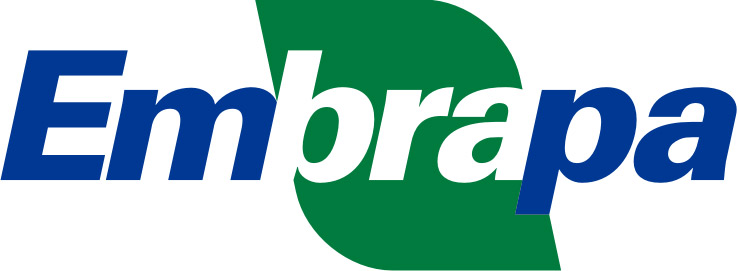Please use this identifier to cite or link to this item:
http://www.alice.cnptia.embrapa.br/alice/handle/doc/1137092| Title: | Forage mass and grain yield of maize growing in crop-livestock-forestry systems. |
| Authors: | DOMICIANO, L. F.  PEDREIRA, B. C. e   ABREU, J. G. de   PEREIRA, D. H.   MAGALHÃES, C. A. de S.   |
| Affiliation: | LEANDRO FERREIRA DOMICIANO, UFMT, Cuiabá-MT; BRUNO CARNEIRO E PEDREIRA, CPAMT; JOADIL GONÇALVES DE ABREU, UFMT, Cuiabá-MT; DALTON HENRIQUE PEREIRA, UFMT, Sinop-MT; CIRO AUGUSTO DE SOUZA MAGALHAES, CPAMT. |
| Date Issued: | 2021 |
| Citation: | In: REUNIÃO ANUAL DA SOCIEDADE BRASILEIRA DE ZOOTECNIA, 56., 2021, Florianópolis. Animal science: challenges in production and sustainability: proceedings... Brasília, DF: Sociedade Brasileira de Zootecnia, 2021. p. 391. Evento virtual. |
| Description: | Abstract: The increasing demand for food and renewable energy resources has been supporting studies of competitiveness and complementarity interactions between trees, crops, and animals. Thus, the integrated systems should promote a synergic relationship between the components resulting in greater production of crops, animals, and forestry. In this sense, our objective was to compare the forage mass and grain yield of maize (Zea mays L.) mixed with Marandu palisadegrass (Urochloa brizantha (Hochst. ex A. Rich.) R. D. Webster) growing in a crop-livestock-forestry system with single-row (CLFs) or triple-row (CLFt) groves with Eucalyptus urograndis (hybrid of E. grandis W. Hill ex Maiden and E. urophylla S. T. Blake) in Sinop, MT, Brazil. The experiment was carried out from two years in a randomized complete block with trees rows (grove) were spaced in inter-row, intra-row, and inter-grove with 3.5×3.0×30 m, with 135 tree ha?1 (after thinning) for CLFt and 37×3.0 m (inter-row×intra-row) with 90 tree ha?1 for CLFs. It was observed a reduction of up to 13% and 23% in light radiation between CLFt and CLFs systems during 2017 and 2018, respectively. The forage mass (maize + palisadegrass) and corn grain yield per system decreased according to light radiation. The forage mass was 9.5 and 6.2 Mg DM ha?1 in 2017 and 21.5 and 14.0 Mg DM ha?1 in 2018, for the CLFs and CLFt systems, respectively. The grain yield was 3.34, and 1.66 Mg DM ha?1 in 2017 and 4.66 and 2.55 Mg DM ha?1 in 2018, for CLFs and CLFt, respectively. This grain yield reduction was due to the competitive advantages of trees in integrated systems, wherein, the tree canopy greatly diminishes the light available to the crops (maize + palisadegrass). The maize, a C4 plant metabolism and with higher light saturation point, becomes very susceptible to shading. Consequently, the forage mass and grain yield were negatively affected by light radiation, especially in 2018, when there was less light transmission due to the higher tree canopy. We concluded that the single-row arrangement is recommended because assure a greater forage mass and grain yield for croplivestock- forestry systems. |
| Thesagro: | Forragem Milho Crescimento Agrossilvicultura |
| NAL Thesaurus: | Urochloa brizantha Corn Eucalyptus Light Shade Forage |
| Keywords: | Sistema integrado de produção Integração lavoura-pecuária-floresta Ilpf Crop-livestock-forestry systems Light radiation Mato Grosso Sinop-MT |
| Type of Material: | Resumo em anais e proceedings |
| Access: | openAccess |
| Appears in Collections: | Resumo em anais de congresso (CPAMT)  |
Files in This Item:
| File | Description | Size | Format | |
|---|---|---|---|---|
| 2021-cpamt-bcp-forage-mass-grain-yield-maize-growth-crop-livestock-forestry-systems.pdf | 311.59 kB | Adobe PDF |  View/Open |









